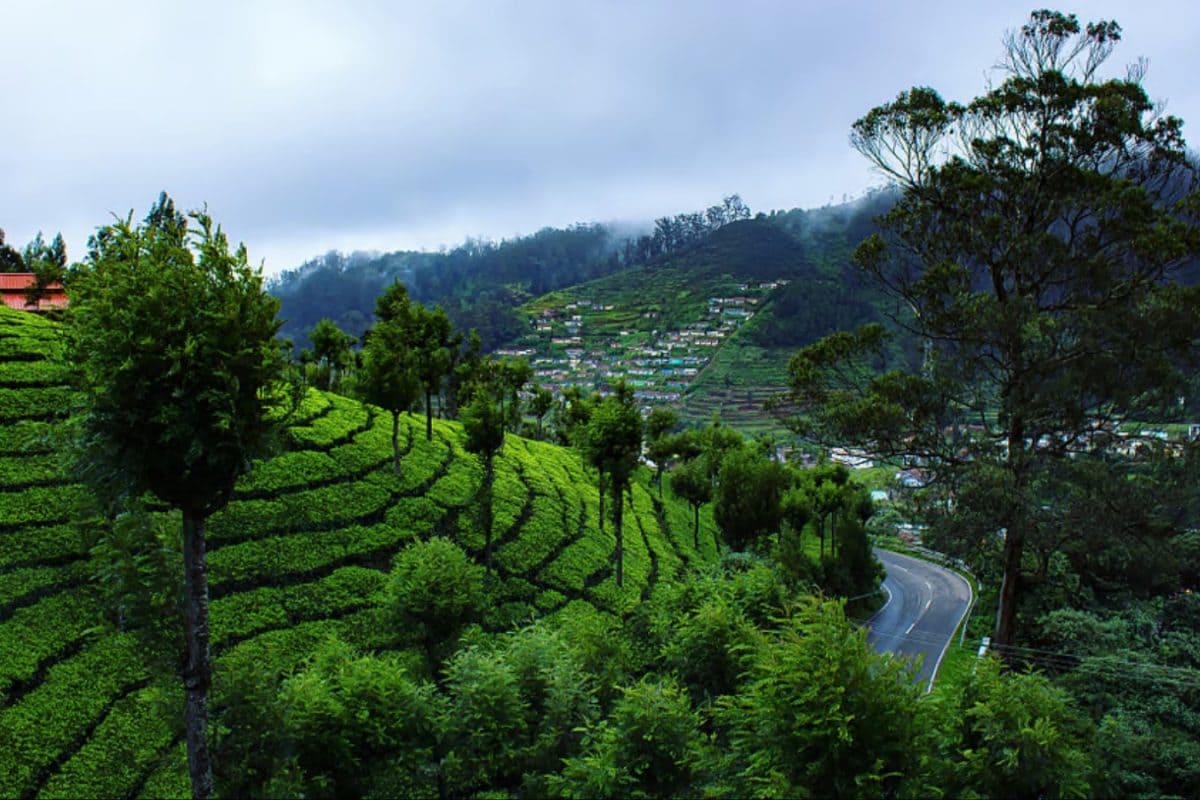The IUCN Red List, which assesses the extinction risk of species, lists over 100 bird species as ...
More extinct since 1500. Sadly, the true number is likely much larger. Here are four impressive bird species that have been lost to the world forever.

You don’t have to look hard to find examples of extinct bird species. According to recent scientific estimates , approximately 12% of all avian species have gone extinct since the Late Pleistocene Era, approximately 10,000 to 100,000 years ago. And, while research suggests that the Pacific region has been harder hit by bird extinctions, many extinctions have occurred in North America too.
Here are four impressive birds that once inhabited the United States but are now lost forever. The last male passenger pigeon, which died in 1912. The passenger pigeon was once one of the most abundant birds in North America, with estimates suggesting that, at its peak, there were three to five billion individuals.
These birds were known for their enormous migratory flocks that could darken the sky for hours, with reports of flocks stretching for miles. They were social birds, living in large colonies and primarily feeding on seeds, fruits and acorns. The passenger pigeon played a crucial role in the ecosystem by helping to disperse seeds and maintain the balance of forested environments across the continent.
Despite their overwhelming numbers, their rapid extinction in the early 20th century is often attributed to widespread hunting and habitat destruction. The decline of the passenger pigeon was swift and devastating. Commercial hunting, fueled by the demand for cheap meat and feathers, along with habitat loss due to deforestation, decimated their populations.
By the late 1800s, their numbers had plummeted, and in 1914, the last known individual, a female named Martha , died in the Cincinnati Zoo, marking the species’ official extinction. The Carolina parakeet’s feathers made it a prized target for the millinery trade, rendering the ..
. More colorful bird tragically vulnerable to widespread hunting. The Carolina parakeet was the only parrot species native to the eastern United States, known for its vibrant green plumage, yellow cheeks and a distinct orange-yellow crown.
These birds were social, living in large flocks that could sometimes number in the hundreds, and were commonly found in the southeastern U.S., ranging from the Great Lakes to Florida and as far west as Texas.
The Carolina parakeet played a significant role in the ecosystem by dispersing seeds. They were often seen in hardwood forests, swamps and wetlands, where they formed tight-knit family units and communicated with loud, harsh calls. However, their population began to decline rapidly during the 19th century.
Habitat destruction, particularly deforestation, as well as hunting for their feathers, which were highly prized for millinery purposes, contributed to their downfall . The introduction of diseases from domesticated birds and the spread of agriculture further pushed the Carolina parakeet toward extinction. By the early 20th century, their numbers had dwindled to the point that the last confirmed sighting in the wild occurred in the 1920s.
The last known individual died in captivity in 1918. Great auks gathered in dense colonies on rocky islands, crowding closely together much like modern ..
. More seabirds such as puffins or murres, whose highly communal breeding habits reflect a similarly social nature. The great auk was a flightless seabird that once populated the cold coastal waters of the North Atlantic, from Newfoundland and the Northeastern United States to the northern coasts of Europe.
Standing about 30 inches tall, with a striking black-and-white appearance, the great auk was an expert swimmer and diver, primarily hunting for fish, crustaceans and other marine creatures. They lived in large colonies on rocky islands, where they built nests and laid eggs on the ground, making them highly vulnerable to human exploitation. Unlike most seabirds, the great auk could not fly, which made it an easy target for hunters.
Its inability to escape predators, combined with its large population size, led to its initial overhunting. The great auk’s extinction was primarily driven by hunting for its meat, eggs and feathers, as well as the collection of its down for use in bedding and clothing. By the early 1800s, their populations had been drastically reduced due to relentless hunting and the destruction of their nesting sites by humans and introduced predators like rats.
The last known pair of great auks was killed in 1844 on a small island off the coast of Iceland, marking the species’ official extinction. With its bold black-and-white plumage and uniquely broad, flattened bill adapted for feeding on ..
. More shellfish, the Labrador duck stood out as one of North America's most distinctive and specialized sea ducks. The Labrador duck was a strikingly distinctive species that lived along the northeastern coast of North America, from the southern parts of Labrador in Canada to the northeastern United States.
Characterized by its large, stout bill and black-and-white plumage, the Labrador duck was a sea duck that primarily fed on mollusks, crustaceans and other marine invertebrates. These birds were adapted to cold, rocky coastal environments and were thought to be relatively elusive rather than truly solitary. Unlike many other duck species, the Labrador duck had a relatively small range and highly specialized feeding habits, making it particularly vulnerable to changes in its environment.
The species was most commonly found along the shores of Newfoundland and in parts of Nova Scotia, although its breeding habits remain poorly documented. The Labrador duck’s extinction is thought to have occurred primarily due to a combination of overhunting, habitat degradation from human activity along the coast and the decline of marine invertebrate populations it depended on. Their specialized diet made them particularly susceptible to environmental changes.
As settlers encroached on their territory, hunting pressure increased, particularly in the 19th century, although the birds were reportedly difficult to approach and quick to take flight. Despite occasional unconfirmed sightings in the 20th century, the Labrador duck was declared extinct by the early 1900s. Does thinking about the extinction of bird species instantly change your mood? Take the Connectedness to Nature Scale to see where you stand on this unique personality dimension.
.
Technology

Meet 4 Beautiful Birds That Will Never Been Seen Again In The United States, Described By A Biologist

The IUCN Red List, which assesses the extinction risk of species, lists over 100 bird species as extinct since 1500. Sadly, the true number is likely much larger. Here are four impressive bird species that have been lost to the world forever.















